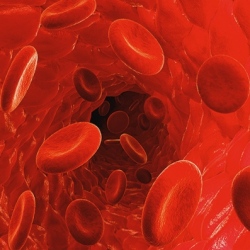
The technology, called CRISPR-Cas9, acts as a kind of molecular scissors, cutting and replacing DNA letters in a genome with precision and ease. The technique is revolutionizing the study of species from mice to potatoes, and is likely to lead to powerful new gene therapy to treat human disease as well.
In a legal maneuver with billion-dollar implications, the University of California has asked the U.S. Patent & Trademark Office to decide who was first to invent a powerful gene-editing tool called CRISPR-Cas9. In a request filed Monday, the regents of California’s public university system asked the patent agency to reconsider ten patents issued starting last year to the MIT/Harvard Broad Institute, in Cambridge, Massachusetts, saying the hugely valuable rights should belong to them.
If the patent office approves it, the request for a “patent interference,” as the process is known, sets up a winner-takes-all challenge in which either the Broad Institute, or the University of California and two co-petitioners, including the University of Vienna, will come away with all the rights to the gene-editing system, leaving their rival with nothing.
“Expect this battle to be very expensive, very contentious, given the stakes involved,” says Greg Aharonian, director of the Center for Global Patent Quality, which works on patent issues. “I can see many hundreds of thousands of dollars being spent.”
The CRISPR-Cas9 editing technology was publicly described in the journal Science in 2012 by Jennifer Doudna, a biologist at the University of California, Berkeley, and the French microbiologist Emmanuelle Charpentier. But Feng Zhang, a scientist at the Broad Institute, was first to win a patent on the technique after submitting lab notebooks he says prove he invented it first
The system uses a cutting protein, Cas9, attached to a short RNA molecule that guides it to precise locations in a genome. Already, scientists have used it to disable HIV, cure muscular dystrophy in mice, and make wheat that’s resistant to crop diseases.
Under current rules, known as “first to file,” patent rights go to whoever submits a patent application first. That would mean an easy victory for Doudna and Charpentier, because their earliest application is dated May 2012, seven months before Zhang’s.
But because of the dates of the discoveries, the case is being carried out under older “first to invent” rules, where the winner is whoever is able show, by any means, they were first to make an invention work, or simply conceive of it. “That person gets the patent,” says Aharonian.
